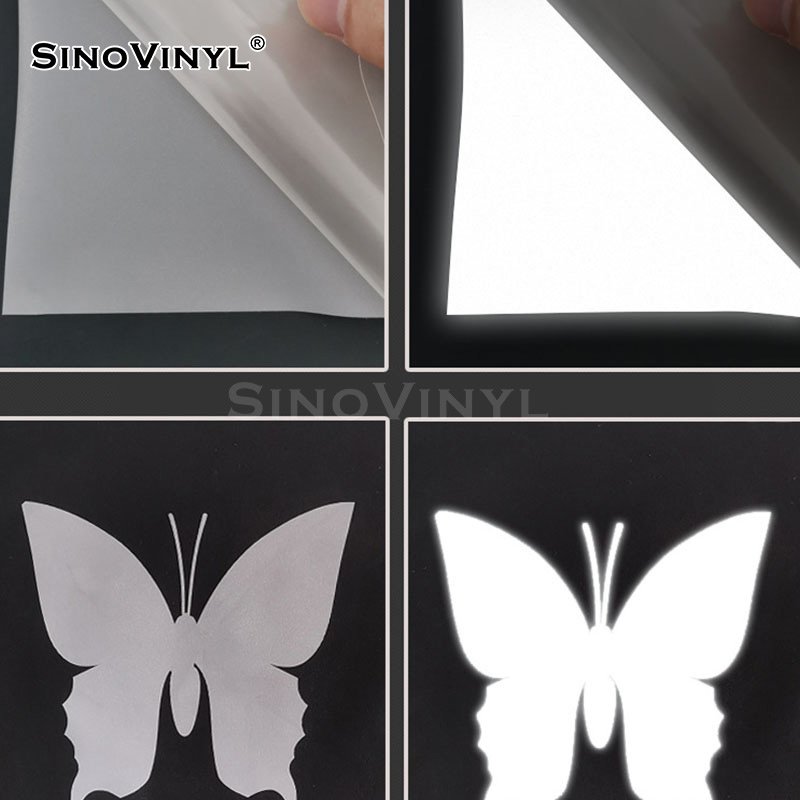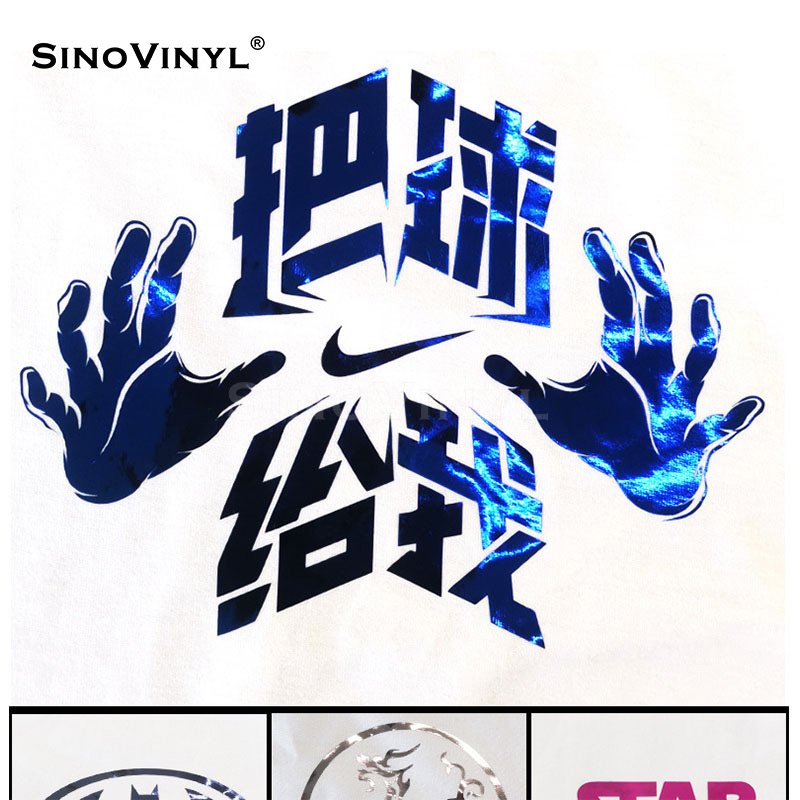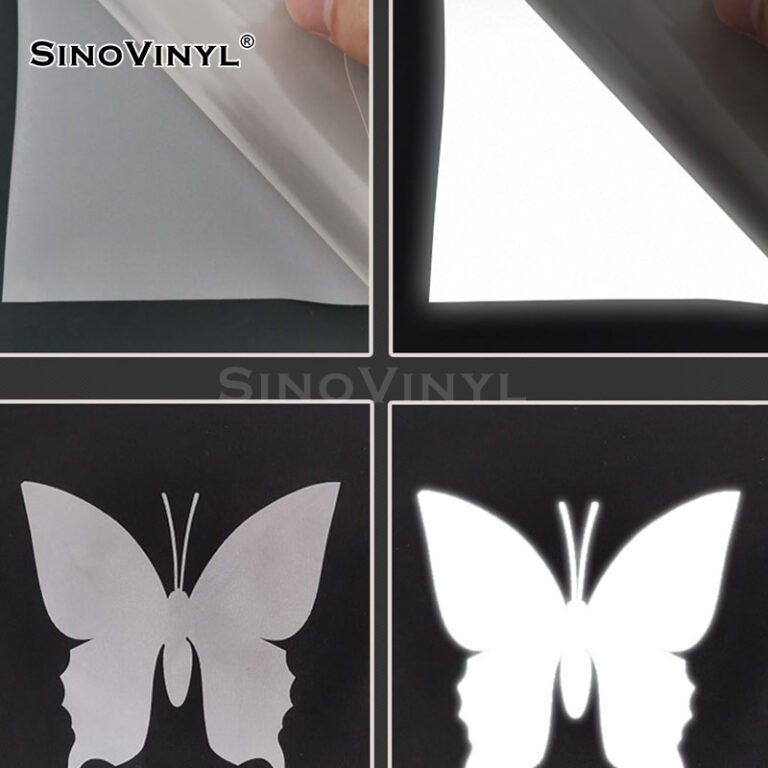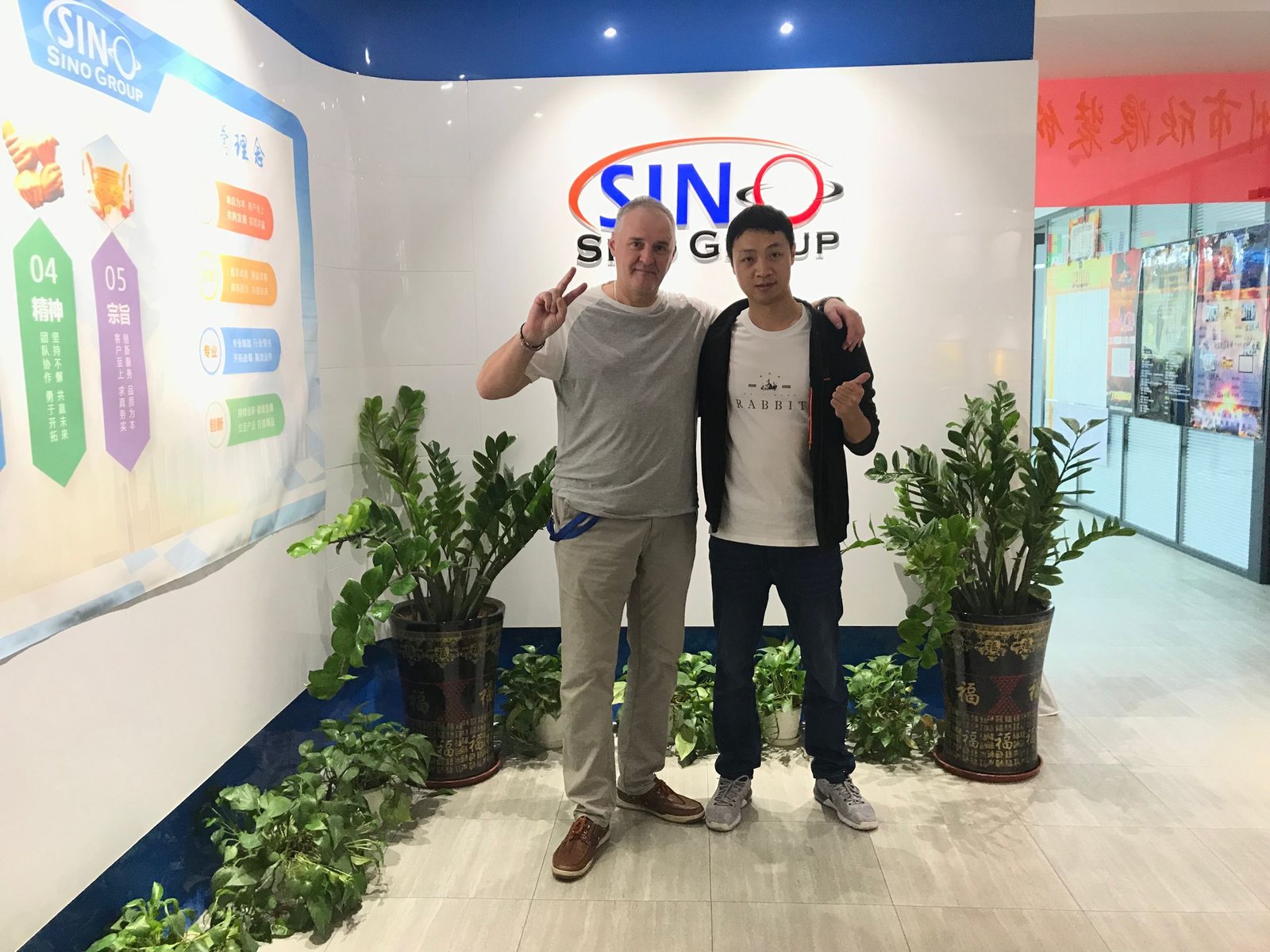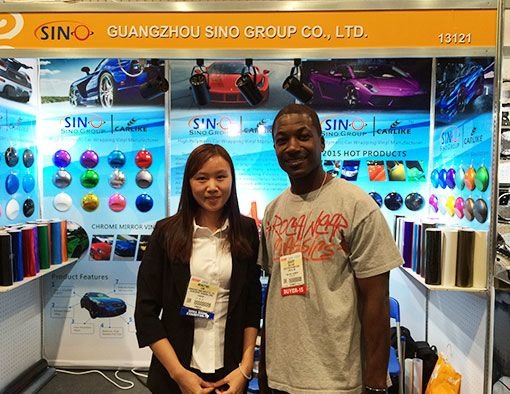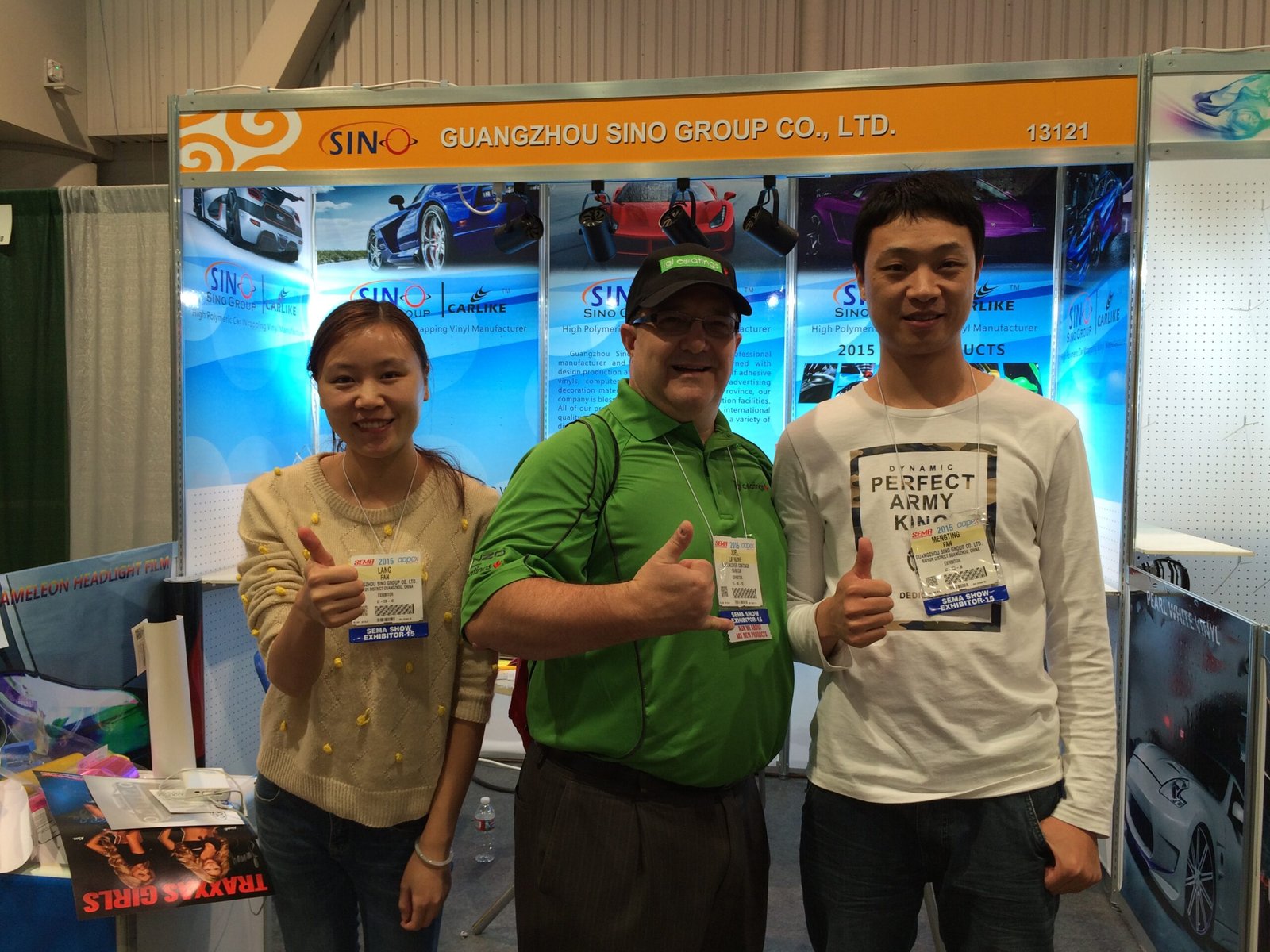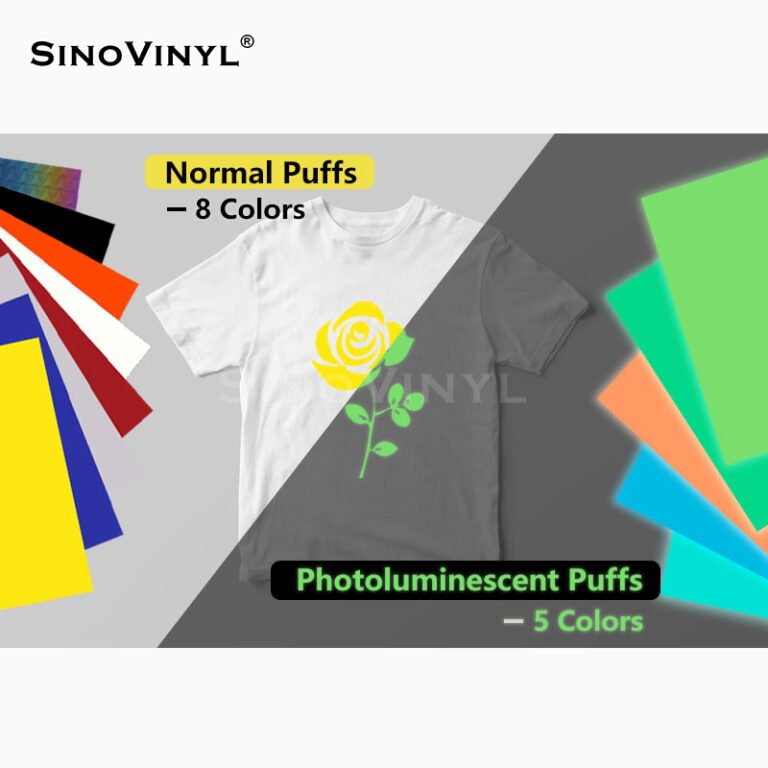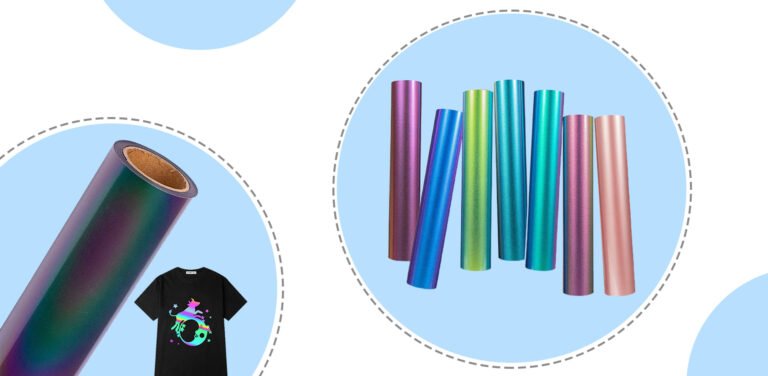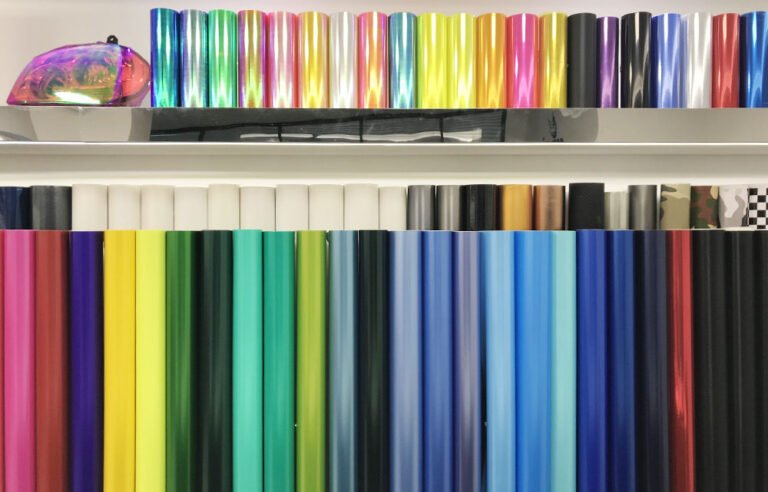Understanding the heat transfer process of Heat Transfer Vinyl (HTV) is essential for anyone interested in customizing apparel. This process involves applying heat and pressure to transfer vinyl designs onto fabrics, creating durable and personalized clothing items.
1. Design Creation
- Begin by designing your desired graphic or text using graphic design software like Adobe Illustrator, CorelDRAW, or any other vector design software.
- Mirror your design horizontally before cutting, especially if it contains text or a specific orientation is required on the garment.
2. Material Selection and Cutting
- Choose the appropriate HTV material based on the garment type and color.
- Load the HTV material onto a cutting machine like a vinyl cutter.
- Send the mirrored design to the cutting machine to cut the HTV material, ensuring precise cuts.
3. Weeding
- After cutting, remove the excess HTV material from around and inside your design using a weeding tool, leaving only the desired design on the carrier sheet.
4. Preparing the Garment
- Preheat the garment using a heat press to remove any moisture and wrinkles, ensuring a smooth surface for application.
- Place a Teflon or silicone sheet on the heat press to protect the garment and heat press from any adhesive residue.
5. Application
- Position the weeded HTV design on the garment, ensuring it is centered and aligned correctly.
- Cover the design with a Teflon or silicone sheet to protect it during the heating process.
- Set the heat press to the recommended temperature and time specified by the HTV manufacturer.
- Apply firm and even pressure using the heat press to bond the HTV design to the garment.
6. Peeling
- After the heating process is complete, carefully peel off the carrier sheet from the garment while it is still warm, leaving the HTV design adhered to the fabric.
7. Final Press
- For a durable bond, place a Teflon or silicone sheet over the applied design and press it again with the heat press for a few seconds.
- This final press helps to ensure the HTV design is securely adhered to the garment.
8. Cooling and Inspection
- Allow the garment to cool completely before inspecting the applied HTV design.
- Check for any areas where the design may not have adhered properly, and if necessary, repeat the heating process in those areas.
By following these steps carefully, you can achieve a professional and durable HTV application on your garments. Proper application ensures that the design remains vibrant and lasts through multiple washes.
